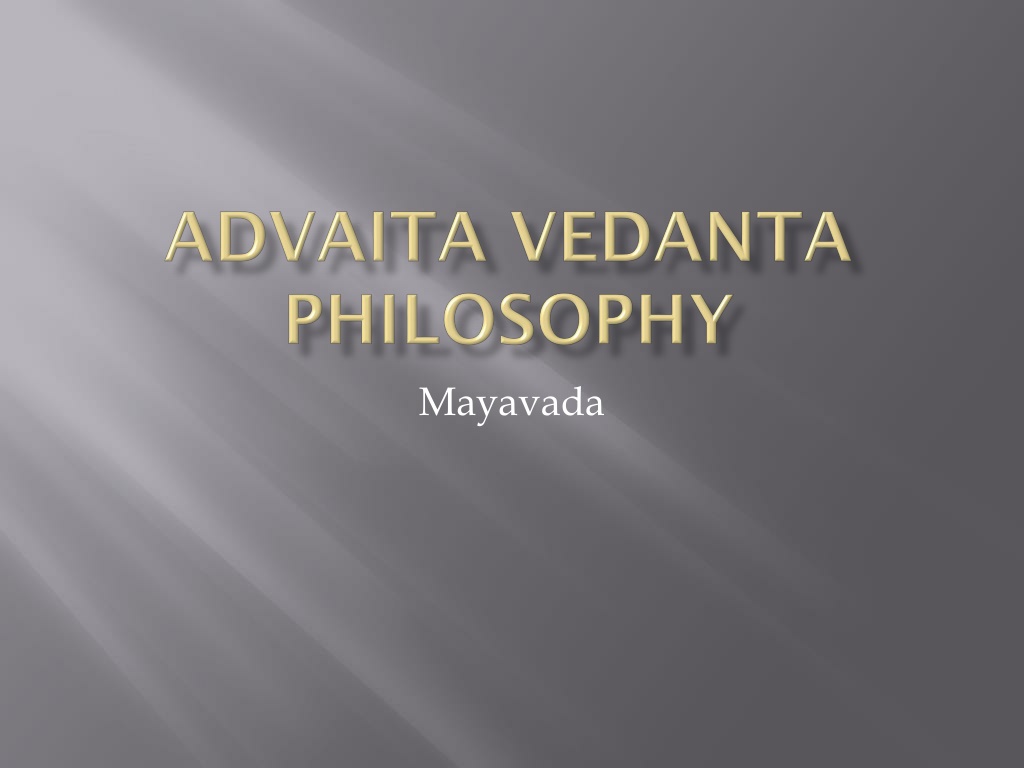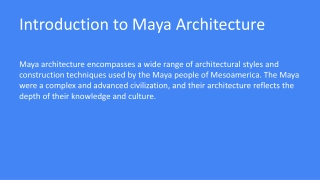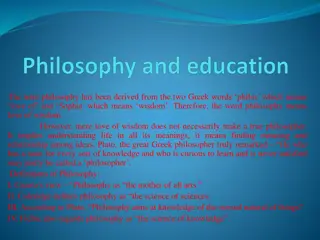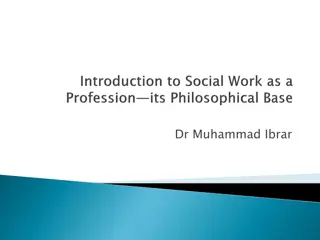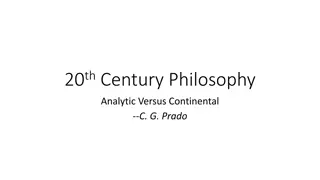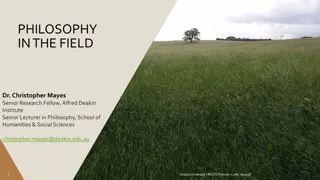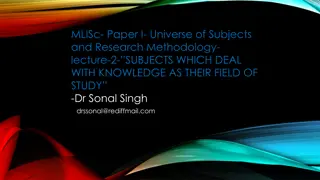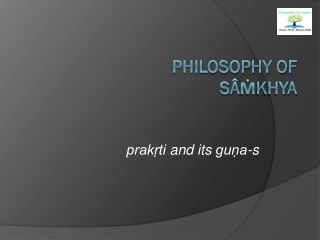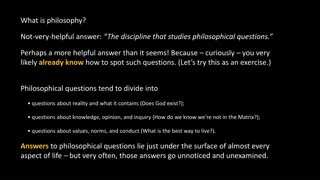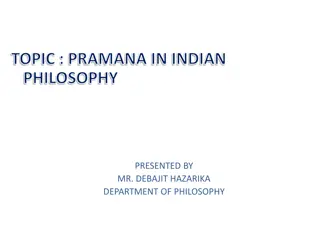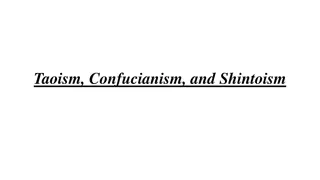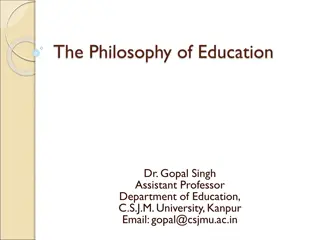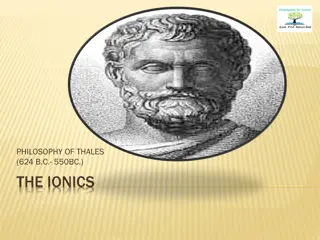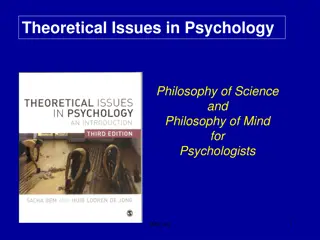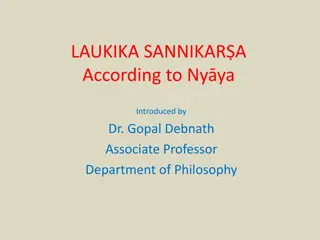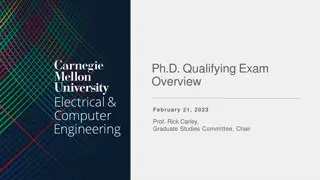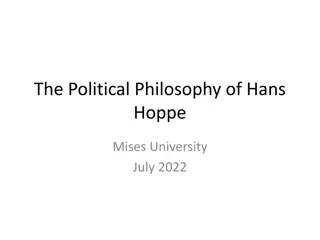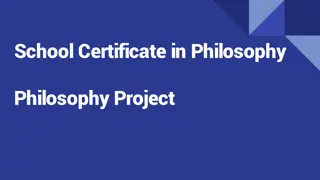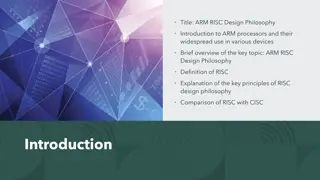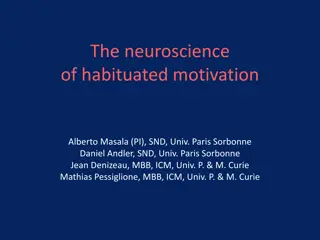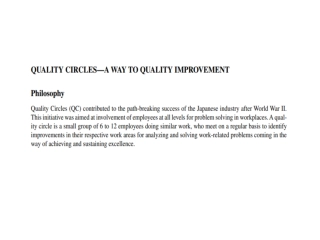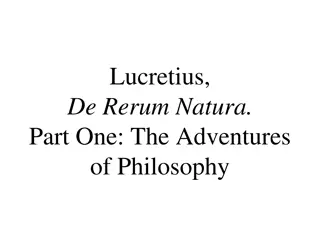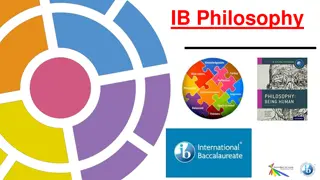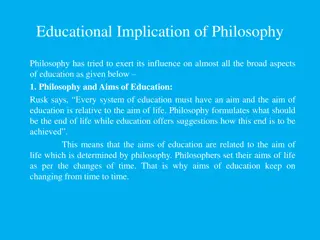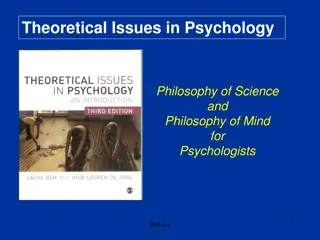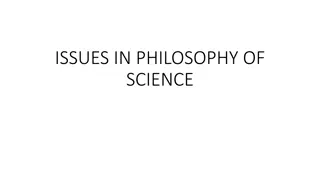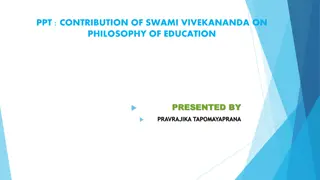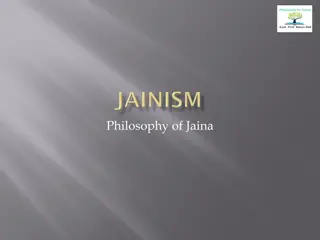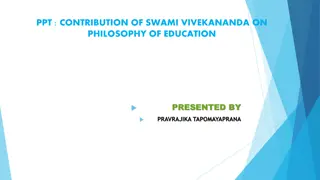Understanding Maya in Advaita Vedanta Philosophy
Maya in Advaita Vedanta is described as a power of God that creates an illusion of the world. It consists of two powers - avarana covering the true nature of things and vikshepa distorting reality in our minds. This magical power of Maya is what facilitates the creation of the world-show. Sankara presented key conclusions about Maya, emphasizing its incomprehensible nature, being influenced by the three gunas, contradictory to true knowledge, having various forms, and being everything and anything.
Uploaded on Aug 14, 2024 | 0 Views
Download Presentation

Please find below an Image/Link to download the presentation.
The content on the website is provided AS IS for your information and personal use only. It may not be sold, licensed, or shared on other websites without obtaining consent from the author. Download presentation by click this link. If you encounter any issues during the download, it is possible that the publisher has removed the file from their server.
E N D
Presentation Transcript
ADVAITVA THEORY OF MAYA Maya as a power of God is indistinguishable from Him just as the burning power of fire is from the fire itself. It is by this that God, the great magician, conjures up the world-show with all its wonderful objects.
Maya has two powers-avarana and vikshepa. Maya covered the nature of the thing by avarana and by distortion( viksepa)of it into something else in our mind.These two functions of an illusion- producing ignorance(avidya)
The conception of maya as a magic power and producer of the world-show.
These are the main conclusions of Sankara about Maya: 1)Sadasadbhyam anirvachniya 2)Trigunatmakang 3)Jnanavirodhi 4)Bhabarupang 5)yatkinchit
